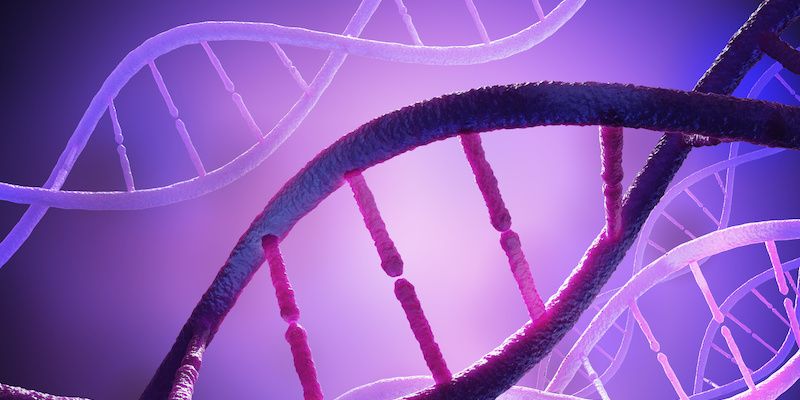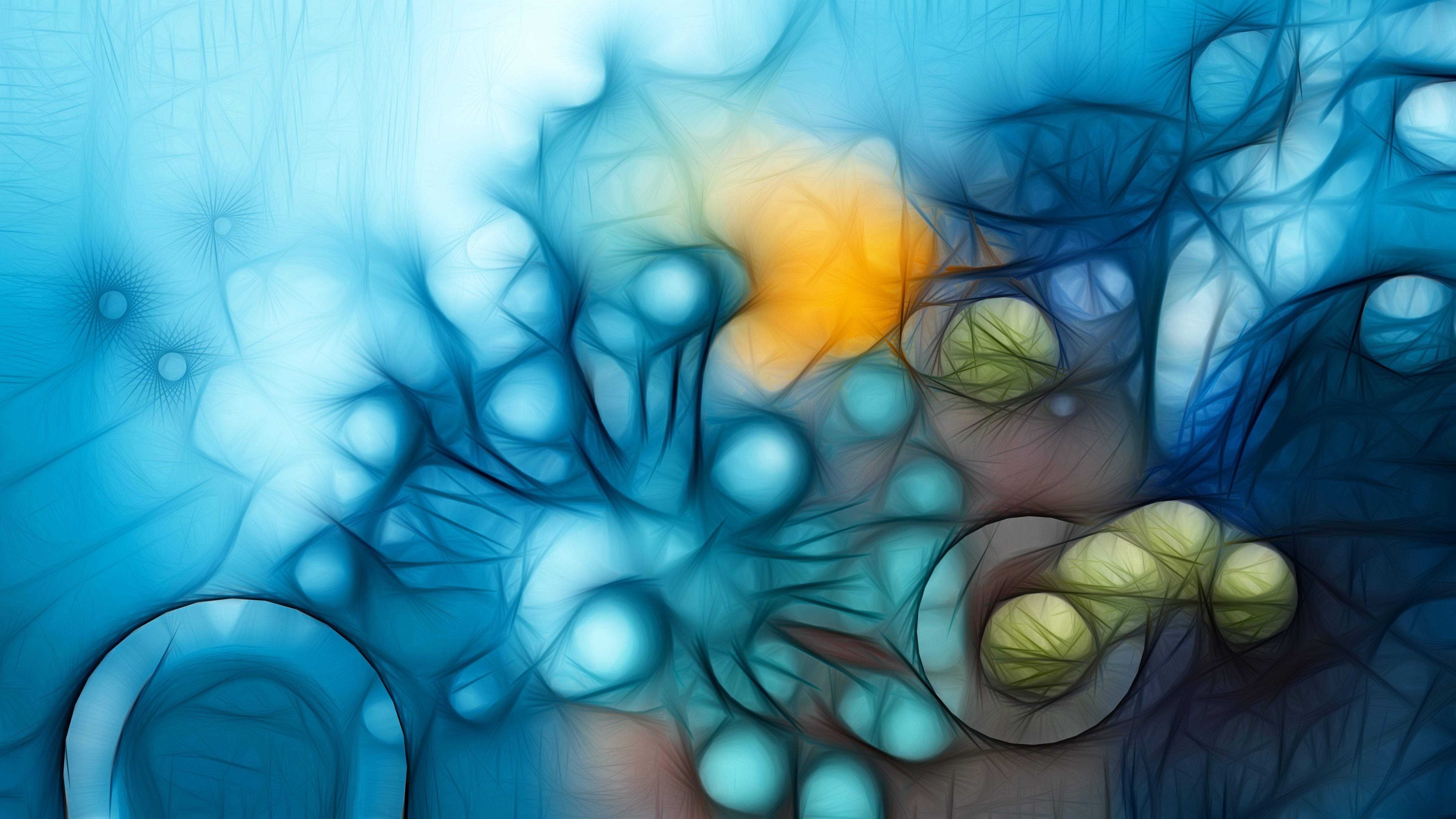Article
Case Study Suggests Further Research on Benign Focal Hepatic Lesions in ASMD
Author(s):
Imaging studies and subsequent biopsies of a liver lesion showed a foamy macrophages aggregate in a 30-year-old patient with acid sphingomyelinase deficiency (ASMD) similar to those found in Gaucher disease.
Acid sphingomyelinase deficiency (ASMD) is known to cause a variety of symptoms, including hepatosplenomegaly, lung disease, and hematological abnormalities. Data on abdominal imaging in ASMD, however, are limited. A recent case study published in Molecular Genetics and Metabolism Reports examined focal hepatic lesions identified in MRIs of a 30-year-old female patient and discussed the possible pathogenesis of such lesions in ASMD.
ASMD is a rare disorder caused by biallelic mutation in the SMPD1 gene. This causes sphingomyelin to accumulate in cells, especially in the spleen, liver, lungs, and bone marrow. ASMD phenotypes range from severe, with infantile onset leading to neurological deterioration (known as Niemann-Pick disease type A), to later onset (Niemann-Pick disease type B) with chronic symptoms including hepatosplenomegaly, thrombocytopenia, interstitial lung disease, and dyslipidemia. In Niemann-Pick disease type B, patients generally do not experience the neurological symptoms typical of type A.
Despite minimal data, in part due to the condition’s rarity, blood tests and abdominal CT and MRI scans are recommended to monitor disease progression periodically in the longterm. In the present case study, a splenectomized 30-year-old female patient with ASMD had focal atypical hepatic lesions—one of which was biopsied to rule out hepatocellular carcinoma (HCC) and found to be a benign foamy macrophages aggregate.
The patient received a diagnosis of ASMD at 21 years old after the discovery of splenomegaly and nodular lesions, leading to splenectomy due to suspected splenic lymphoma. Foamy cells in the spleen and bone marrow biopsy suggested ASMD, and reduced acid sphingomyelinase activity in leucocytes in addition to the presence of 2 pathogenetic variants in compound heterozygosity in the SMPD1 gene confirmed the diagnosis.
Over the course of yearly MRI scans, a slight progressive increase in liver size was shown, and a 9-mm focal lesion on the liver remained stable until age 30. Then, the lesion increased to 24 mm and 4 similar but smaller lesions appeared. All other tests, including echocardiography, electrocardiogram, pulmonary function tests, and high-resolution CT scans of the chest, were normal. The only symptom reported by the patient was increased fatigue.
The main 24-mm lesion was biopsied due to suspicion of HCC but was found to be benign. The lesion comprised an accumulation of foamy cells with inflammatory response, as well as liver cells with clear cytoplasm due to lipid deposits.
The findings suggest that the mechanism involved in forming foamy macrophage aggregates should be studied, the study authors note. However, they hypothesize that chronic immune system plays a part as it does in Gaucher disease, another lysosomal lipid storage disorder. Some studies have found that in Gaucher disease, foamy cells can accumulate to form tumor-like nodules named Gaucheromas. Similarly to ASMD, macrophages are the primary storage cells and hepatosplenomegaly and bone marrow infiltration are among the main symptoms in Gaucher disease.
The authors conclude that further imaging studies including more patients are needed to assess the prevalence, characteristics, and evolution of focal hepatic lesions in patients with ASMD. “Indeed, although our case demonstrates the possible rapid formation of benign liver storage nodules in ASMD, liver nodules increasing in number and size should always been further analyzed by second imaging modality and eventually biopsied if diagnostic uncertainty persists,” they write.
Reference
Sechi A, Vit A, Avellini C, et al. Focal hepatic lesions in acid sphingomyelinase deficiency: Differential diagnosis between foamy macrophages aggregates and malignancy. Mol Genet Metab Rep. Published online October 5, 2021. doi:10.1016/j.ymgmr.2021.100808





